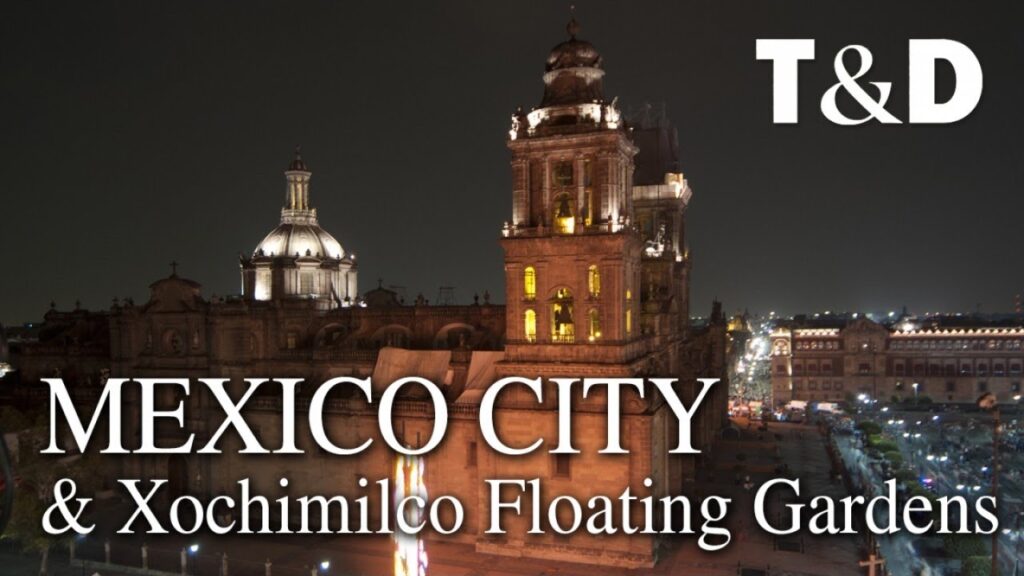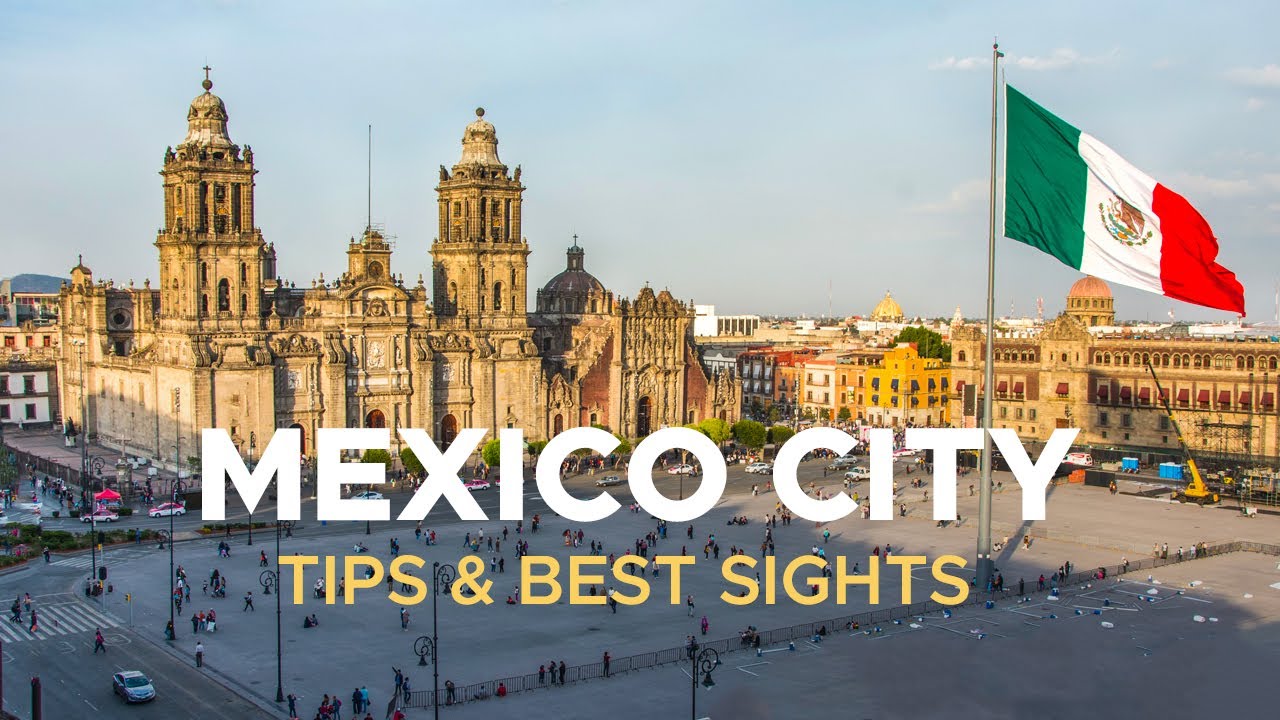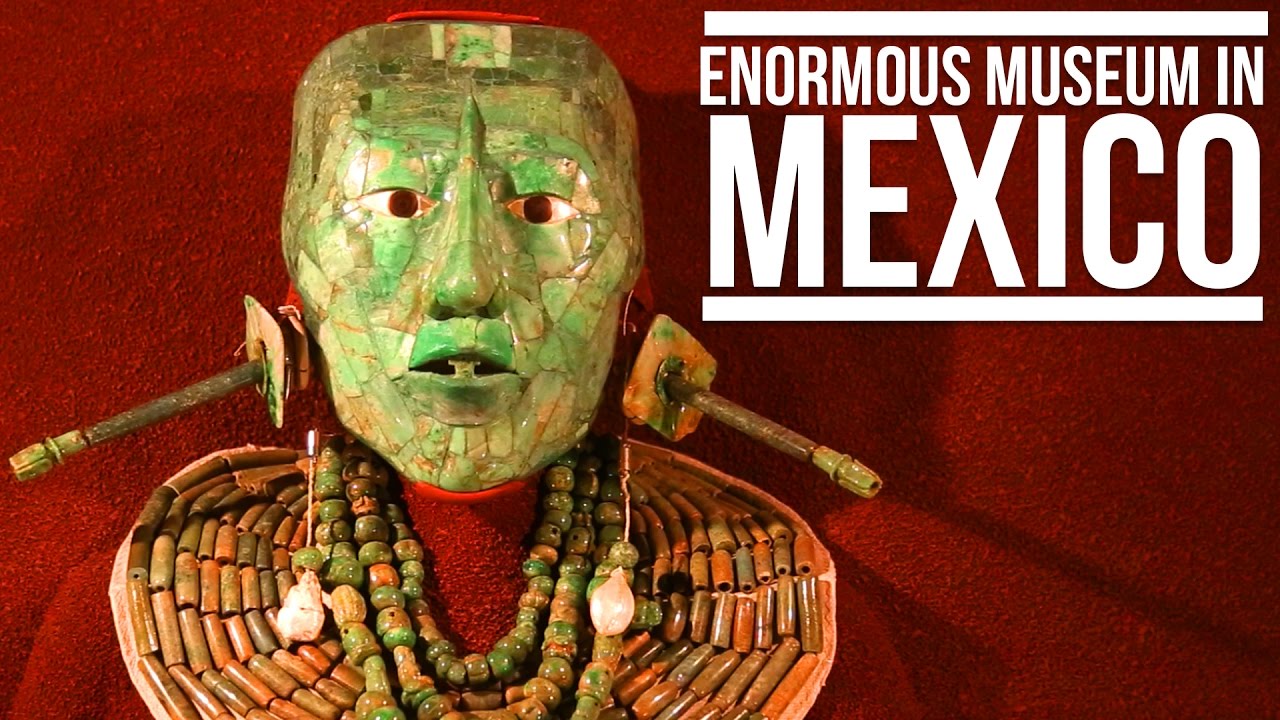Discover the Unique Charm of Xochimilco’s Floating Gardens in Mexico City
Xochimilco, a borough in the southern part of Mexico City, is famous for its floating gardens or “chinampas.” These artificial islands, built by the pre-Hispanic people, are a testament to the ingenuity and resilience of ancient agricultural practices. Today, these floating gardens are not just a source of local produce but also a major tourist attraction offering an unforgettable experience of Mexico City’s rich history and vibrant culture.
A Journey through Time and Tradition
The floating gardens of Xochimilco are a UNESCO World Heritage Site, preserving the last remnants of a vast water transport system established by the Aztecs. The chinampas are a living symbol of the area’s traditional culture and lifestyle. Visitors can take a ride on a brightly colored, flat-bottomed boat called a “trajinera” and traverse the network of canals while being serenaded by mariachi bands. It is like stepping back in time and witnessing how the early inhabitants of the region lived and farmed.
Flora and Fauna of Xochimilco
Despite the urbanization of Mexico City, the floating gardens of Xochimilco remain a haven for wildlife. The area is home to several species of birds, amphibians, and plants. The waterways are teeming with axolotls, a critically endangered amphibian native to the region. The chinampas are lush with various types of flowers, vegetables, and medicinal plants. These floating gardens not only offer a unique sightseeing experience but also play a crucial role in the city’s biodiversity.
The Floating Market of Xochimilco
One of the highlights of a visit to Xochimilco’s floating gardens is the vibrant floating market. The market offers a wide array of local produce, traditional crafts, and delicious street food. It’s an excellent opportunity for visitors to sample local delicacies, purchase unique souvenirs, and immerse themselves in the lively atmosphere. This unique blend of culture, history, and nature makes Xochimilco’s floating gardens a must-visit destination in Mexico City.
Experience the Vibrant Culture at Xochimilco Floating Gardens
Xochimilco Floating Gardens, or “Las Islas Flotantes de Xochimilco” as they’re known in Spanish, offer a unique and vibrant cultural experience that is deeply rooted in Mexico’s pre-Hispanic past. This UNESCO World Heritage site is a must-visit destination for anyone seeking to immerse themselves in the rich tapestry of Mexican history, culture, and biodiversity.
The primary attraction of Xochimilco is its network of canals and chinampas – man-made islands created for agricultural purposes. Here, you can take a ride on a brightly painted “trajinera,” a traditional flat-bottomed boat, while enjoying local music, food, and drinks. The sight of these floating gardens, teeming with flowers and plants, against the backdrop of the bustling city, is a visual treat that captures the essence of Mexico’s past and present.
A Cultural Hub
Xochimilco is not just about scenic boat rides; it’s a living, breathing cultural hub. From the mariachi bands that serenade visitors on the canals to the local vendors selling traditional crafts and delicacies, the floating gardens are a dynamic expression of Mexico’s cultural heritage. The area is also home to several important religious and cultural festivals throughout the year, making it a focal point of community life and local traditions.
Biodiversity at Xochimilco
From a biodiversity perspective, Xochimilco is a treasure trove. The canals and gardens are home to numerous species of plants, birds, and amphibians, including the critically endangered axolotl salamander. The chinampas system of agriculture practiced here is a sustainable model that supports diverse ecosystems while providing fresh produce for the city.
Navigating the Canals: A Guide to Xochimilco’s Floating Gardens in Mexico City
Immerse yourself in a unique experience at Xochimilco’s Floating Gardens in Mexico City. Known as the “Venice of Mexico,” Xochimilco offers a vibrant and colorful spectacle of nature, tradition, and culture. This UNESCO World Heritage Site is famed for its network of canals and artificial islands or “chinampas,” which are remnants of the city’s pre-Hispanic past. Navigating these canals is an unforgettable journey through Mexico’s rich history and lush biodiversity.
Embarking on a Trajinera Ride
Exploring Xochimilco’s canals is best experienced on a trajinera, a traditional, brightly-painted flat-bottomed boat. As you glide along the canals, you’ll be treated to a view of verdant chinampas adorned with flowers and plants, and accompanied by the melodic tunes of roaming mariachi bands. Remember, each trajinera has a name, usually of a woman, which is a charming tradition dating back to ancient times. Don’t forget to haggle the price before you set off to ensure a fair deal.
The Chinampas: A Look into the Past
The chinampas or “floating gardens” are one of the most remarkable features of Xochimilco. These man-made islands, built by the Aztecs, serve as plots for growing crops and flowers. Apart from their agricultural purpose, they are a living testament to ancient Mesoamerican ingenuity. Some chinampas are even adorned with traditional sculptures and art, adding to the visual feast as you navigate the canals.
Xochimilco’s Flora and Fauna
The biodiversity in Xochimilco is astounding. As you traverse the canals, expect to encounter a variety of bird species, including herons and ducks. In addition, the waters are home to axolotls, a type of salamander that is endemic to the region. The lush vegetation, including the vibrant lilies that float on the water’s surface, add to the area’s enchanting charm. It’s a paradise for nature lovers and a must-see for any visitor to Mexico City.
The Rich History of the Floating Gardens of Xochimilco in Mexico City
The Floating Gardens of Xochimilco, also known as Chinampas, are a testament to the ingenuity of the ancient Aztec civilization. Located in the southern part of Mexico City, these man-made islands were created around the 9th century as a solution to the lack of arable land in the area. The Aztecs developed a unique method of agriculture on these islands, creating a rich and diverse ecosystem that continues to thrive today.
The Creation of the Chinampas
The process of creating these floating gardens was meticulous and ingenious. The Aztecs would first build a frame with stakes and willow branches, then fill it with mud and decaying vegetation. This formed a fertile bed for crops to grow, and the surrounding water provided a constant source of irrigation. The result was an incredibly productive system of agriculture that could support a growing population. The Chinampas were primarily used to grow maize, beans, chili peppers, tomatoes, and squash, but also supported a variety of flowers and medicinal plants.
The Role of the Chinampas in Aztec Society
The floating gardens played a crucial role in Aztec society, providing a significant portion of the food for the bustling city of Tenochtitlan. Not only did the Chinampas provide sustenance, but they also played a significant role in the Aztec economy. The surplus of crops grown on these islands was traded in the bustling markets of the city, contributing to the wealth and prosperity of the Aztec Empire. The gardens were also a place of cultural and religious significance, with many of the flowers grown being used in religious ceremonies and festivals.
The Floating Gardens Today
Today, the floating gardens of Xochimilco are a UNESCO World Heritage site and a popular tourist destination. Visitors can take a ride on brightly colored boats called trajineras and experience the beauty and tranquility of these unique gardens. Despite the challenges posed by urbanization and pollution, efforts are being made to preserve and protect this unique part of Mexico’s cultural and historical heritage.
Essential Tips for Visiting the Floating Gardens of Xochimilco in Mexico City
Planning a trip to the Floating Gardens of Xochimilco in Mexico City is an exhilarating adventure. As one of the UNESCO World Heritage Sites, it’s a must-visit for travelers. To make the most out of your visit, here are some essential tips.
Choose the Right Time to Visit
One of the first tips for visiting the Floating Gardens of Xochimilco is to choose the right time. The gardens are open all year round, but the best time to visit is during the dry season from November to April when the weather is most favorable. Also, consider visiting on weekdays when it’s less crowded. The mornings are often quieter, offering a more peaceful experience.
Book a Trajinera
Experiencing the Floating Gardens is best done by booking a trajinera – a traditional, brightly colored boat. While there are many trajineras available, it’s recommended to book one in advance, especially during peak season. Remember to negotiate the price before you set off. A typical ride lasts about two hours, but you can negotiate for longer rides.
Bring Sun Protection and Stay Hydrated
Don’t forget to bring sun protection such as a hat, sunglasses, and sunscreen. The Mexican sun can be quite intense, especially during the middle of the day. Also, remember to stay hydrated. While there are vendors selling drinks on the trajineras, it’s a good idea to bring your own water bottle.
Respect the Environment
Finally, it’s crucial to respect the environment during your visit. The Floating Gardens of Xochimilco are a vital part of Mexico City’s ecological balance, so avoid littering and respect the local flora and fauna. By following these tips, you’ll not only have an unforgettable visit but also help preserve this unique site for future generations.



